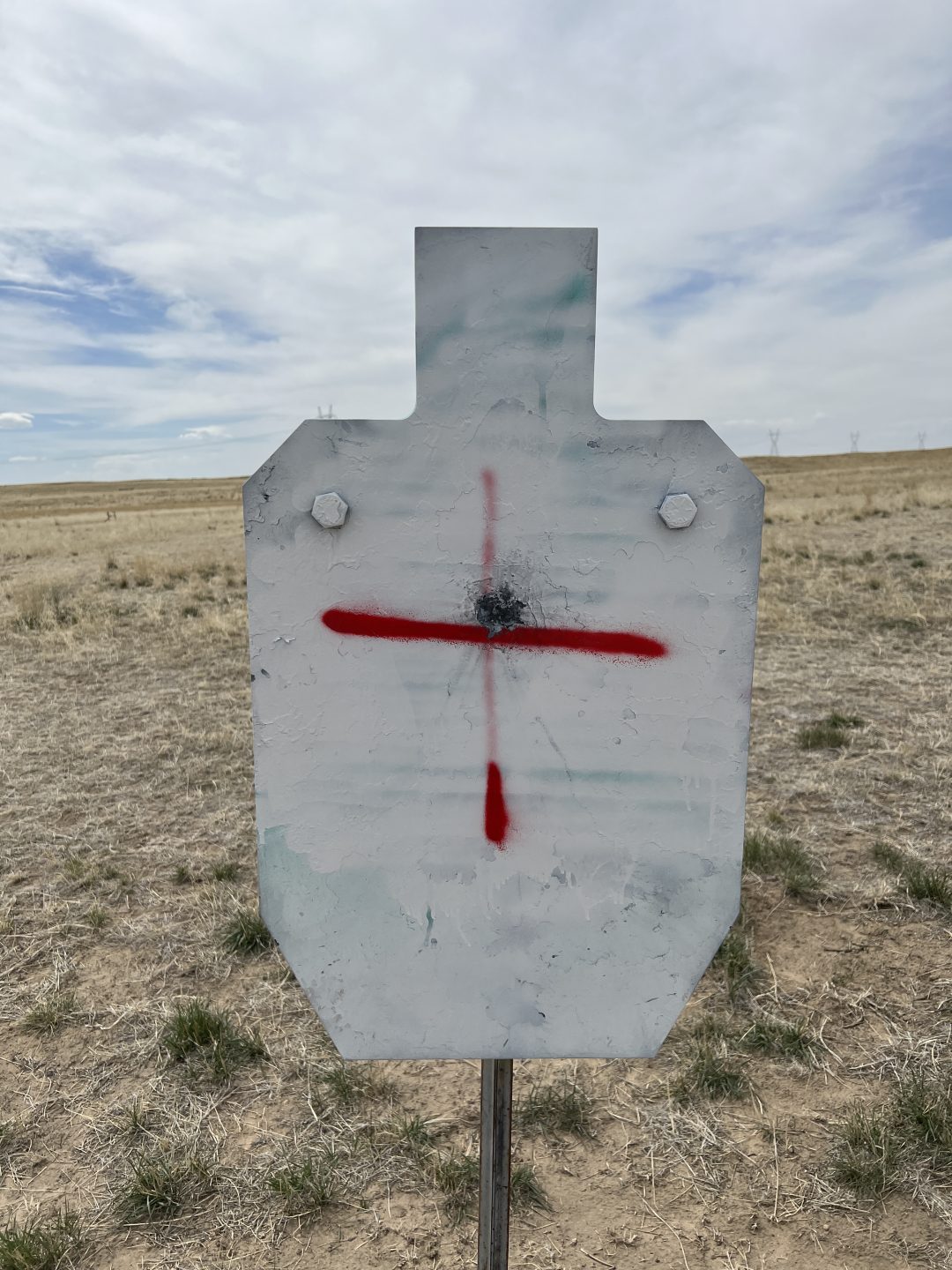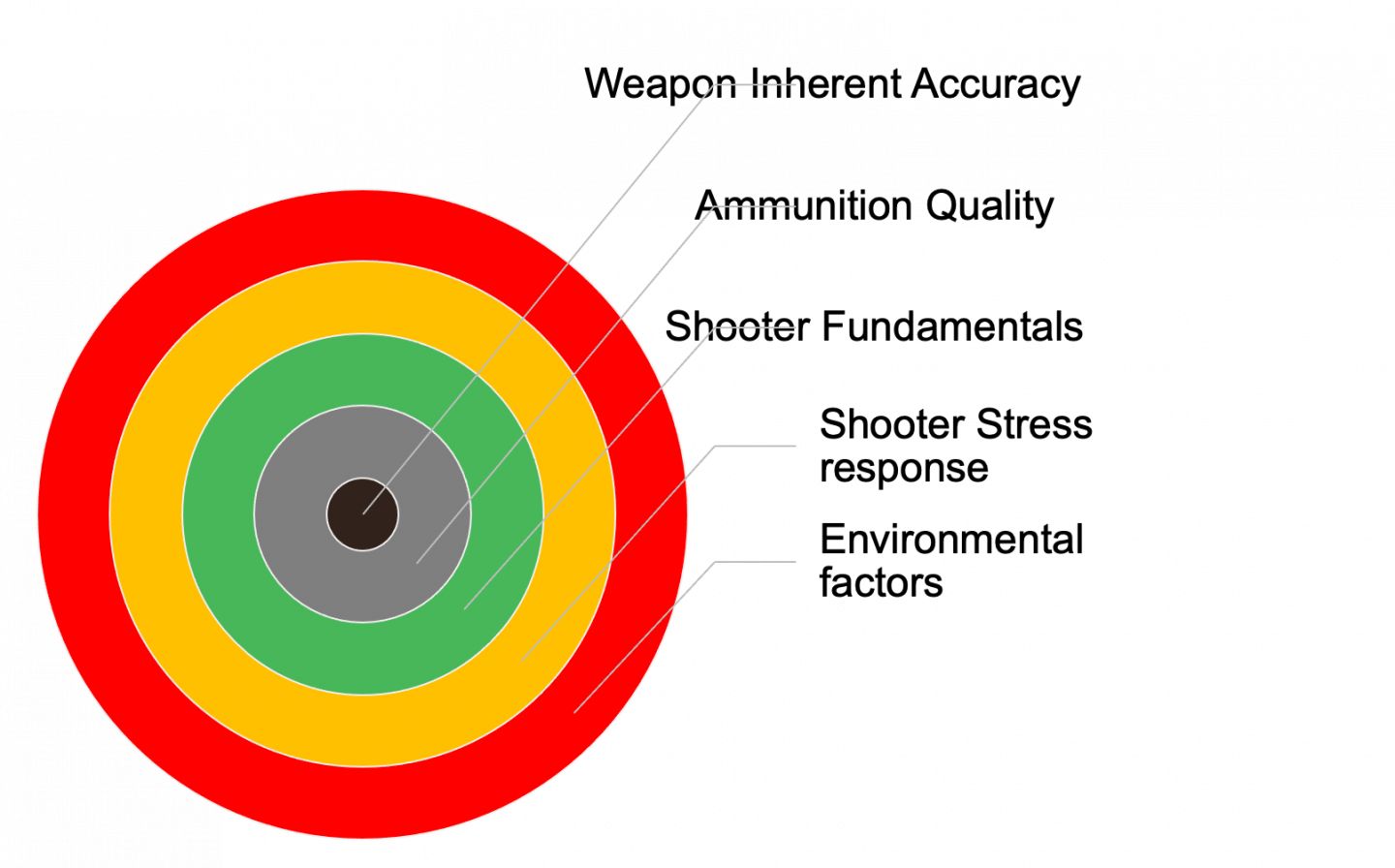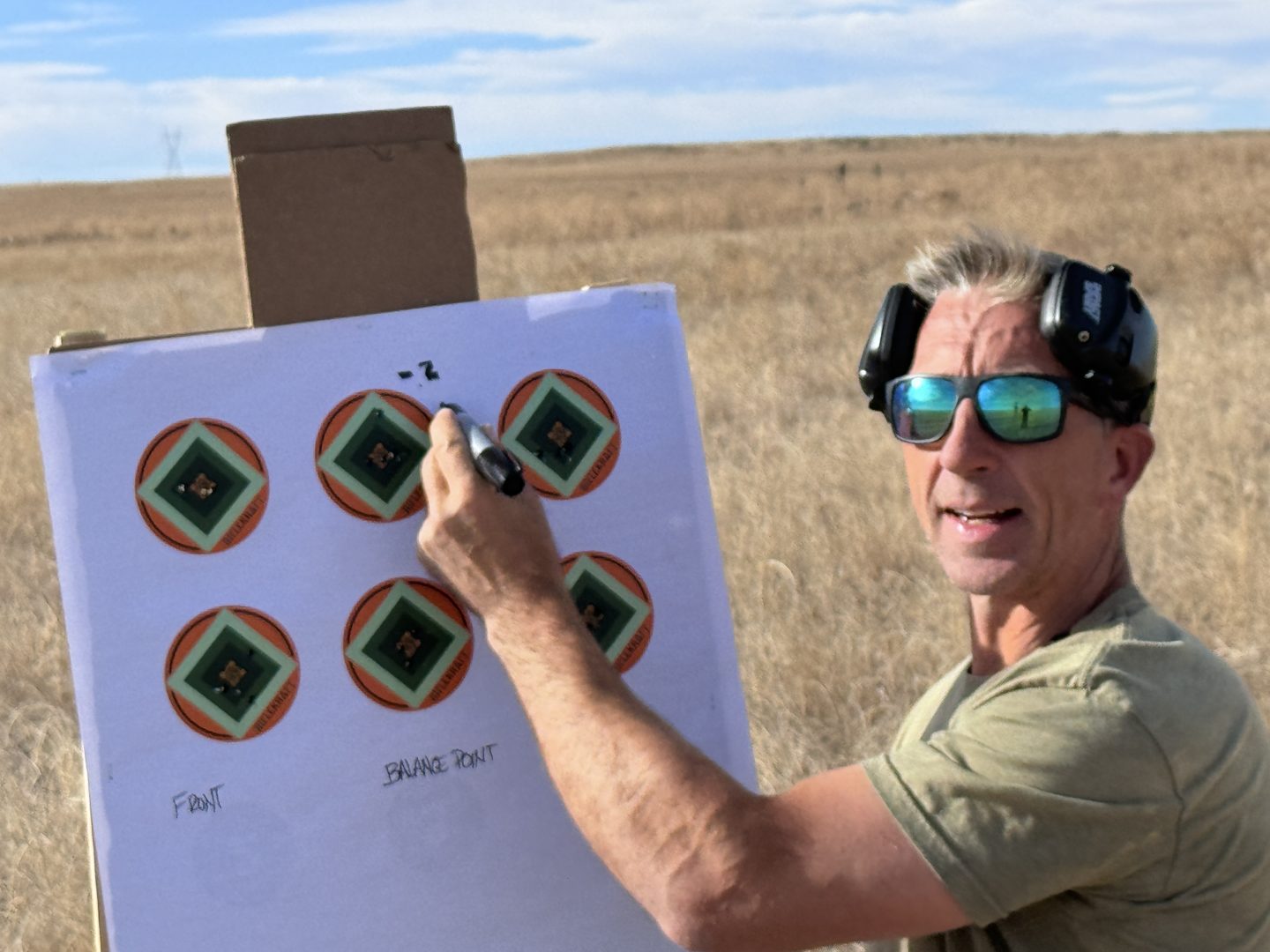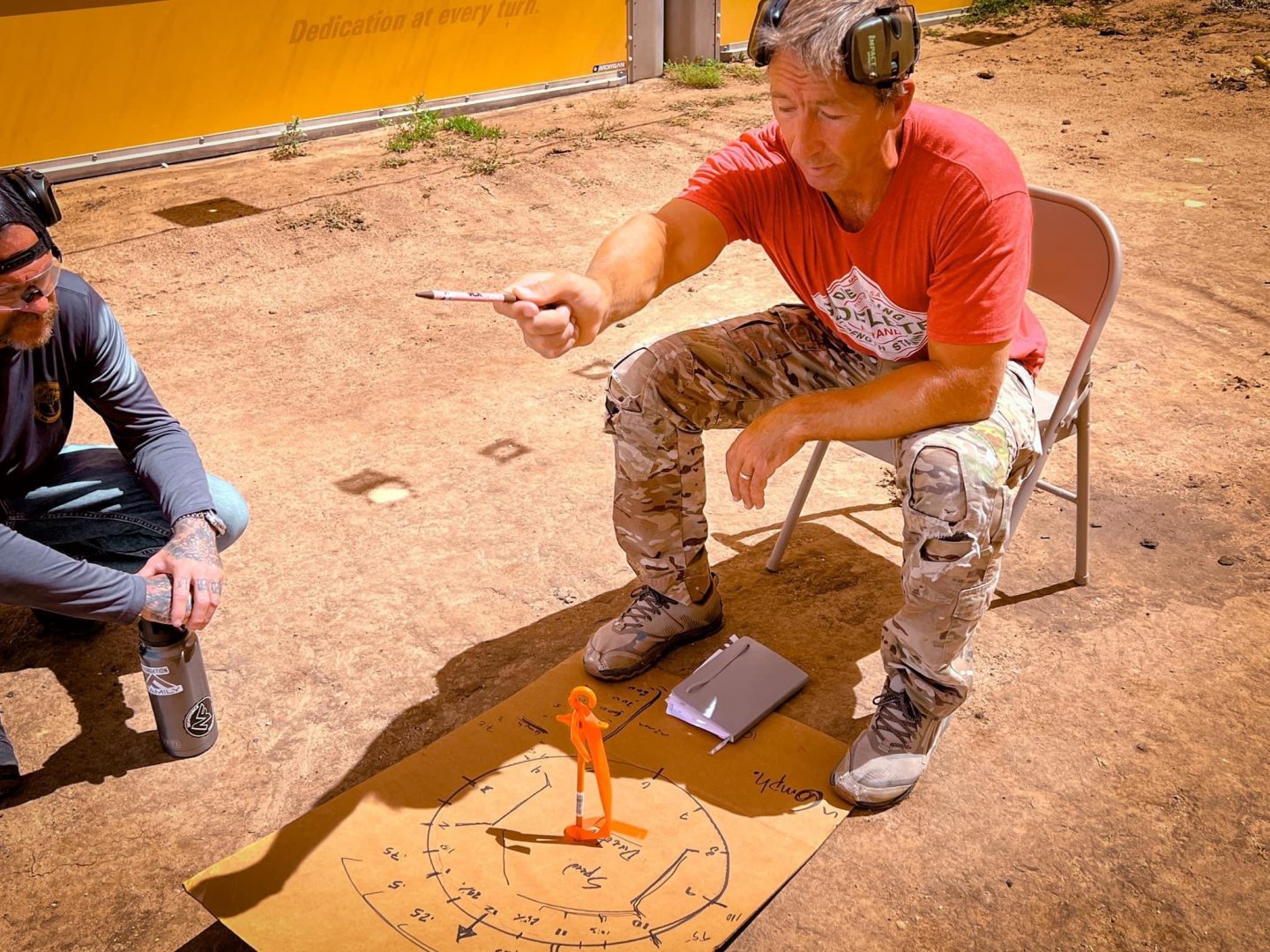…”If it weren’t for the shooters we’d hit just about everything”
-off the shelf rifle
Expectations/Context
We all want to improve at the things we do. A lot of my interest is focused around the shooters mental and physical relationship to system. Ultimately though results are consistent ability to put a round where you want it however you do it. A lot of people shoot groups, but what can they tell use about where we are and how we should focus on growth? The components of shot groups tend to grow if the components are unaddressed and poorly managed. In other words, your groups left unattended to will keep growing and as such your hit percentage will fall as you reach out and try to touch something. We mow a lawn and it grows right back, we cut our hair and then it goes and grows out. The list goes on and on filling with things that if left unattended just expand and become unacceptable. But let’s get back to shooting.
So, how do we fight the entropy that keeps expanding the relevant components of shot groups?
Enter the Target

I believe it starts with identifying the layers that contribute to the major portions of the groups diameter. I picture it like the layers of the earth, each layer has a different thickness and a certain amount of potential of influence on the overall size of the group at a given distance. Since we are accustomed to zeroing at 100y or 100m I will discuss mostly the pattern at that range and reference out when relevant.
Your group at your zero range got that way by expanding from a group the diameter of your muzzle to that distance and that will continue to expand at that rate to distance. Visualizing it this way I see a cone that expands infinitely from your muzzle and the cross section of that cone is the group size.
The components of shot groups might layer out in an imaginary way, but thinking about them as relevant layers can allow for better understanding.
Errors are Cumlitive
I think of these as distinct layers of error that stack to produce the resulting final size of your shot pattern, but its relevant because the individual components DO stack into each other and CAN be reduced individually to shrink the pattern with focus and effort.
If there weren’t layers then the diameter should be the same as the muzzle diameter, but it isn’t. The larger the layer the more that layer will expand with distance.
This philosophy drives my concept of the lowest hanging fruit method. Go after the larger layer first to see the most reduction up front. As you find success you will likely be motivated to then go after the next low hanging fruit layer and that pattern will allow you to shrink your cone along with raise your hit percentage at distance.
I bet you’re asking yourself “what are the layers and how do we put them on a diet?” Good question.
Here’s my current list of the major components of shot groups listed from smallest to largest:

Weapon inherent accuracy : WIA
Ammunition Quality : AQ
Shooter Fundamentals: SF
Shooter Stress response: SS
Environmental factors: EF
*Time of Flight: TOF
*excluded from picture but something to consider
Lets Take a closer look at these elements
Weapon inherent accuracy
Different firearms exhibit varying degrees of inherent accuracy. High-quality rifle systems, designed and chambered by a skilled gunsmith generally produce a smaller and more controlled cone of fire. Essentially this means that there is a limit to the equipment’s accuracy without any input from other sources that we can expect or get from the system. Although there are times when the system might produce a smaller than expected group, as shot strings rise there is a size that the rounds will fall into and this is the inherent accuracy of the system. A shooter is not likely to be able to always shoot tot eh level of the system, so this is largely an ideal that we want to strive towards, but don’t often achieve. A shooter will always add error to the system as will other factors, like the ones that follow.
Ammunition quality

The consistency and quality of ammunition significantly effect the cone of fire. Not all ammunition is going to shoot the same through a rifle system. Many factors contribute to an ammunitions performance in a rifle, but the takeaway here is that matching a good load or quality ammunition can lower the shot groups size so its worth finding ammunition that works well in a rifle in order to maximize its performance on the range.
Takeaway: Using reliable and well-made ammunition can minimize bullet dispersion.
Shooter fundamentals
The shooter’s fundamentals and mindset are another of the major component of shot group size we see down range. Because a human is going to input a lot of energy and movement to a rifle system, the application of proper and consistent fundamenals is of paramount importance to performance. The art of shooting is a never ending path down which we will learn to minimize our influence on dispersion and maximize the inherent accuracy of the rifle system and ammunition. Developing and mastering the techniques we call “fundamentals” can minimize bullet dispersion and improve hit percentage on targets.
Shooter Stress
Stress acts differently on each of us but has a predictable effect. Knowing our response to stress can help us create ways to inoculate ourselves to the error it adds until that shrinks. Different stressors might have different results, but knowing the types of stress you may encounter will certainly help in creating an inoculation strategy.
Environmental Factors
Wind is probably the largest wild card but many other factors play into this and its important to have a practice of growing your knowledge, understanding, and ways to grow to account for these. I will discuss methods in the next article on “methods”
Time Of Flight
Not often tossed around in training and performance articles, time of flight is a relevant component to error that should be layered into the path to rifleman blackbelt because there are components through which we can better understand parts of a trajectory only after considering how long the bullet has been between the muzzle and the destination.
Wrap up

By understanding the factors that influence the components of shot group, shooters can achieve greater accuracy and set realistic expectations for their performance. Whether it’s acknowledging the limitations of firearms, compensating for environmental conditions, or refining shooting technique, awareness of the cone of fire empowers shooters to optimize their skills and ultimately hit their targets with increased precision. By thinking about the cone of fire in this way you can not only properly assess hit probabilities and outcomes, but also break down skills and techniques that could be making the cone the size that it is and address them individually so that you have a path that’s laid out between where you are and where you want to be skill wise.

